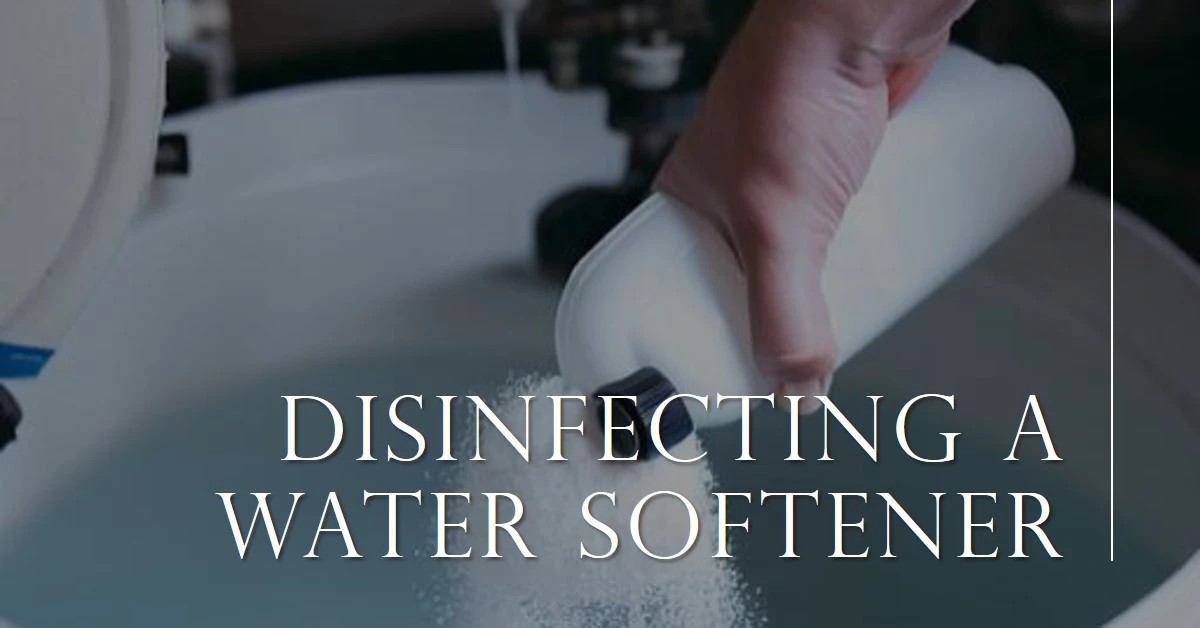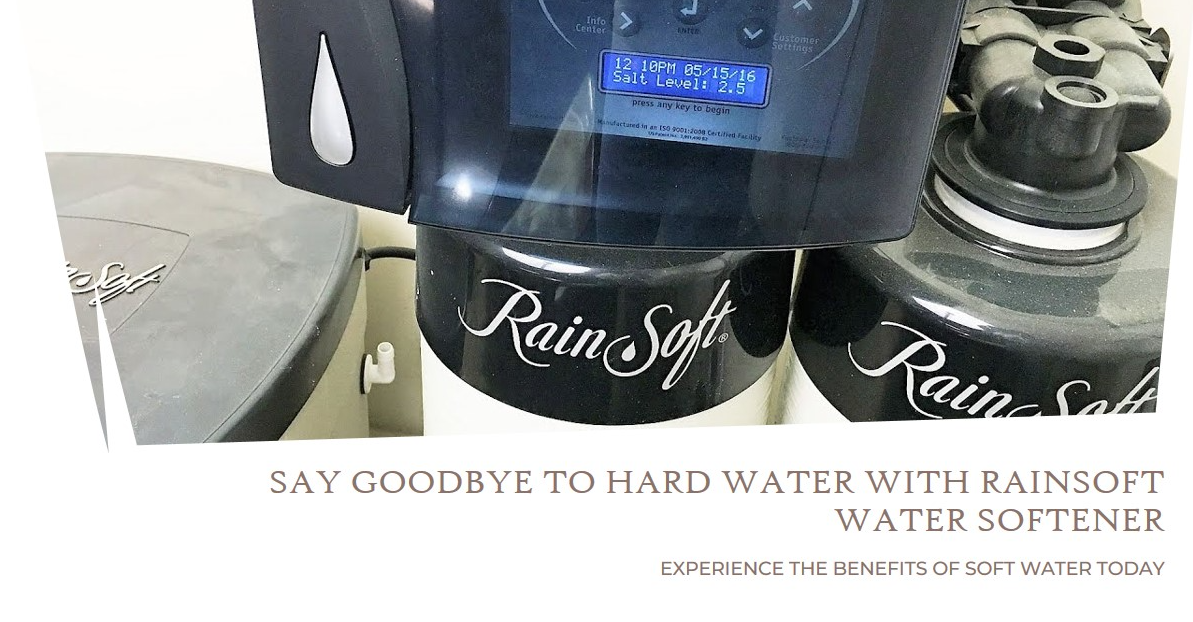Welcome to our comprehensive guide on how to disinfect a water softener using bleach. In this guide, we will take you through the steps needed to safely and effectively disinfect your water softener using bleach. We will also cover best practices for maintaining the cleanliness of your water softener and avoiding contamination. So let’s dive right in!
If you own a water softener, you know how essential it is to maintain it properly. Over time, your water softener can become contaminated with bacteria, viruses, and other microorganisms that can cause health issues. Disinfecting your water softener regularly is essential to prevent the growth of these harmful microorganisms. Bleach is an effective disinfectant that can be used to sanitize your water softener.
How to Disinfect a Water Softener using Bleach
Disinfecting your water softener using bleach is a simple process that can be done in a few easy steps. Here is what you need to do:
- Turn off the water supply to the softener.
- Drain the softener tank.
- Mix bleach with water. The recommended bleach concentration for disinfecting a water softener is 50 parts per million (ppm). To achieve this concentration, mix one teaspoon of bleach per gallon of water.
- Add the bleach solution to the softener tank.
- Run the softener through a regeneration cycle.
- Rinse the softener tank thoroughly.
- Turn the water supply back on.
It is important to follow these steps carefully to ensure that your water softener is disinfected correctly. By following these steps, you can prevent contamination and ensure that your water is safe to use and drink.
How Much Bleach to Use to Disinfect a Water Softener
The amount of bleach needed to disinfect your water softener depends on the size of your softener tank. Here is how to calculate the amount of bleach needed:
- Determine the size of your water softener tank in cubic feet.
- Multiply the tank size by 4 to determine the amount of bleach needed in fluid ounces.
- Divide the amount of bleach needed by 128 to determine the amount of bleach needed in gallons.
For example, if you have a water softener tank that is 2 cubic feet in size, you will need 8 fluid ounces of bleach (2 x 4 = 8). This is equivalent to 0.06 gallons (8 / 128 = 0.06).
It is important to adjust the bleach concentration based on the water hardness level. If the water is very hard, you may need to increase the bleach concentration to achieve the recommended 50 ppm concentration.
Best Practices for Disinfecting a Water Softener
Regular disinfection is crucial for maintaining the cleanliness of your water softener and preventing contamination. Here are some best practices to follow:
- Disinfect your water softener every six months to one year to prevent contamination.
- Keep your water softener tank clean to avoid contamination and prevent bacterial growth.
- Follow the manufacturer’s instructions when disinfecting your water softener to ensure that you are doing it correctly.
- Use personal protective equipment (PPE), such as gloves and goggles, when handling bleach, to avoid skin irritation.
By following these best practices, you can maintain the cleanliness of your water softener and ensure that your water is safe to use and drink.
Other Alternatives to Disinfect a Water Softener
If you prefer not to use bleach to disinfect your water softener, there are other alternatives available. Here are some examples:
- Hydrogen Peroxide: Hydrogen peroxide is a non-toxic alternative to bleach that can be used to disinfect your water softener. It is also effective in removing stains and odors from your softener.
- Vinegar: Vinegar is a mild acid that can be used to clean and disinfect your water softener. It is a natural alternative to bleach and can remove mineral buildup and scale from your water softener.
- Citric Acid: Citric acid is a natural acid that can be used to remove scale buildup in your water softener. It is also effective in preventing bacterial growth and keeping your water softener clean.
While bleach is the most effective disinfectant for your water softener, these alternatives can be used if you prefer not to use bleach.
Key Takeaways
Disinfecting your water softener using bleach is a simple process that can prevent contamination and ensure that your water is safe to use and drink. By following the steps outlined in this guide, you can safely and effectively disinfect your water softener using bleach. Remember to calculate the amount of bleach needed based on the size of your softener tank and adjust the concentration based on the water hardness level. Additionally, follow best practices to maintain the cleanliness of your softener and avoid contamination.



